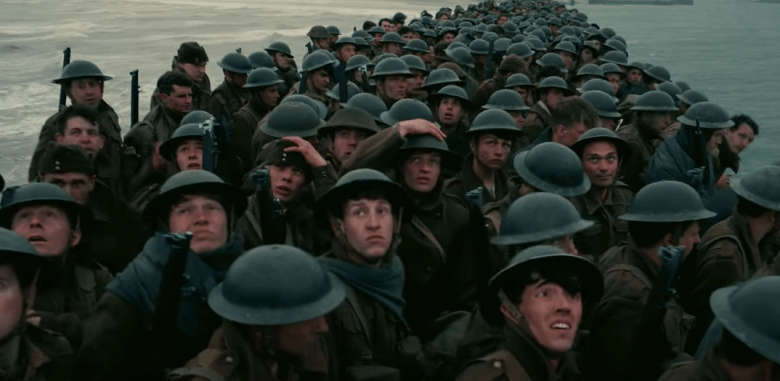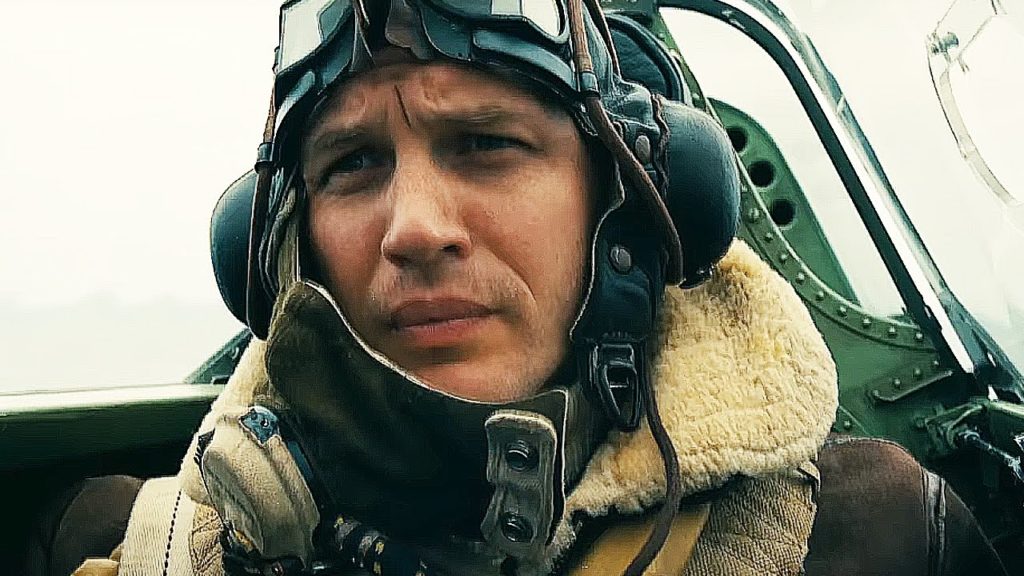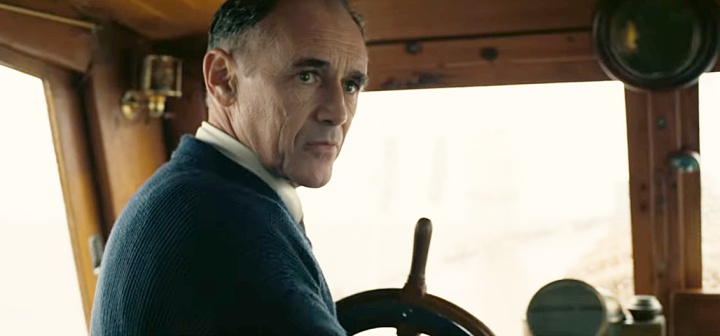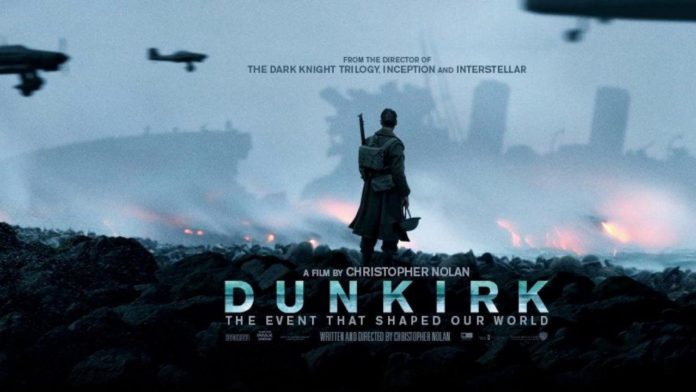Christopher Nolan is one of the best directors in cinema today. His films range from the time-bending “Memento” to the mind-bending “Inception” to the greatest superhero film of all time, “The Dark Knight.”
Unafraid to tackle any form or subject matter, Nolan has quite the pedigree of films. With the release of “Dunkirk,” his pedigree has only gotten that much more prestigious.
“Dunkirk” examines the true story of the World War II Dunkirk Evacuation, where more than 400,000 British troops were stranded on the beach of Dunkirk, France, under constant barrage by the German Nazi forces.
The dire nature of the situation led the British government to requisition British civilian boats and with the help of ordinary British citizens, the boats were used to evacuate as many of the troops as they could.
“Dunkirk” employs an unconventional form of narrative. Broken into three parts, “Dunkirk” presents the events of the evacuation through three perspectives: land, sea and air. Each perspective has its own principle characters, and by the end of the film all three perspectives intertwine cohesively to render resolution.
What makes “Dunkirk” even more distinct is its use of time. The three perspectives are told non-linearly. At first this can seem jarring but as the film progresses, the audience begins to understand why “Dunkirk” is presented the way it is.
The scenes focusing on land and sea take place over the course of one day, while the air scene spans one hour. All three are given pretty equal time, and they help the audience understand just how important each method of resistance (land, sea, air) was to the success of the evacuation.

One of the things I’m unable to talk about that I normally do in my reviews is character. As stated earlier, “Dunkirk” has an unconventional method of storytelling, and that is true for physical character in this film. Of course, there are characters presented in the film, but these characters aren’t given much depth. Christopher Nolan instead decided to make the evacuation the real character of the film.
Each person has a part to play, but we aren’t meant to get to know the characters. All we are supposed to ascertain from them are their emotions. The main emotions demonstrated through this film are fear, bravery and patience.
As you can see, three emotions are present through this film, just as there are three perspectives. That is intentional because each perspective is a vehicle for which one of those emotions is displayed.
The soldiers on land display fear. The British forces are being bombed by the German forces. Whether it’s from artillery, air raid or the omnipresent German foot forces, the British are constantly in fear of attack. One of the lead characters, Tommy (Fionn Whitehead), serves as a good vehicle for the audience to latch onto. It is through Tommy that we see how the soldiers in the midst of the battle are reacting, and most of the time it is with frenzied horror.
Patience is embodied through the two British pilots who engage in various dogfights with German pilots. Pilots Collins (Jack Lowden) and Farrier (Tom Hardy) feature in some of the most intense scenes I’ve seen in a few years. The battles in the air are truly majestic, and it is always present that they may be on the losing end of their battle.
That said, the characters conduct themselves with a level of patience and pragmatism that seems to only highlight their skill as military pilots.

Bravery is the trait reserved for the civilians travelling the 26 miles across the English Channel to save hundreds of thousands of British troops. Normally, we in the U.S. regard our servicemen and women as the bravest members of our population, but it is the actions of the civilians in their various privately owned ships that serve as the core of bravery in the Dunkirk evacuation.
The perspective of the sea is presented through Mr. Dawson (Mark Rylance), and it is he, his son, Peter (Tom Glynn-Carney), and Peter’s friend, George (Barry Keoghan), who demonstrate their immense bravery by selflessly venturing into a war zone to save the men tasked with saving the world.
Modern Americans have not been put into a situation where the civilian population was thrust into the midst of a battlefield, and seeing the bravery, selflessness and determination of the British civilians is truly mesmerizing.
With these summations over, I can now get to the real standout in this film, and that is Christopher Nolan’s direction. Never before have I been this thoroughly tense throughout the entire duration of a film. Literally from the first scene through the last, “Dunkirk” had me at the edge of my seat. Tension is the best character in this film, and “Dunkirk” is a masterclass in cinematic tension.
From the sound design, featuring a ticking clock throughout most of the film, to the various scenes featuring drowning, bombed or gunned down British soldiers, “Dunkirk” never takes its foot off the pedal.
At times it feels necessary to remind yourself to breathe. I held my breath for a substantial length of the film, and just when I thought Christopher Nolan was giving me a moment to come down, the film picks right back up.

I can’t stress enough how tense the film is. But that tension is achieved through some remarkable sound editing and design. I highly recommend watching “Dunkirk” in a theatre that supports Dolby Atmos. The crucial role played by sound in the immersion of this film is probably second to none. The quality of speakers might play a significant role in how well you like the film.
“Dunkirk” is designed to attack your sense of hearing, thus making you panic just like the soldiers on screen. The best way to achieve that is by watching the film with a high-quality sound system. The screech of the German planes descending upon the British ground troops is haunting and visceral. Again, it’s hard to understand without seeing (or hearing) for yourself.
I only have one negative for “Dunkirk,” and that is I think they could have given just a bit more time to Mr. Dawson and the characters on his boat. As the film comes to an end, more resolution and reaction should have been given to the civilian characters who saved the war. I don’t want to spoil what the resolution should be for, but I feel just a bit more time could have been given to them.
On the whole, “Dunkirk” is one of the best war films I’ve ever seen. While it’s only PG-13, I never once noticed, and it didn’t need blood and gore to be effective in terrifying me. The tensest film I have ever seen, “Dunkirk” sets the bar for immersive experiences in film. Unconventional storytelling combined with great action, acting, editing, pacing and direction make “Dunkirk” one of the best films you’ll see all year.
I give “Dunkirk” 9.75 / 10

















